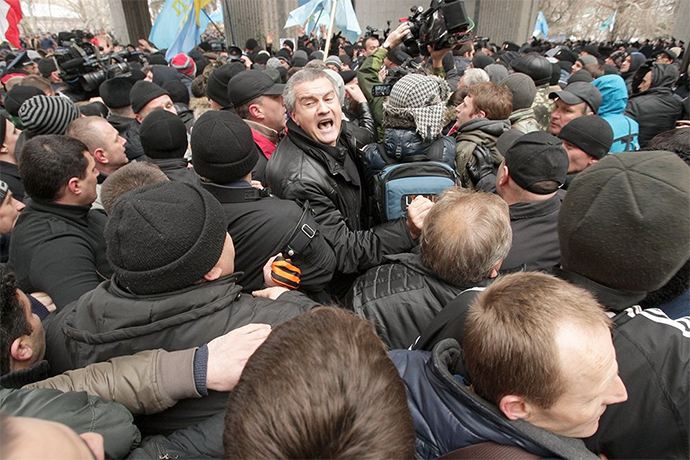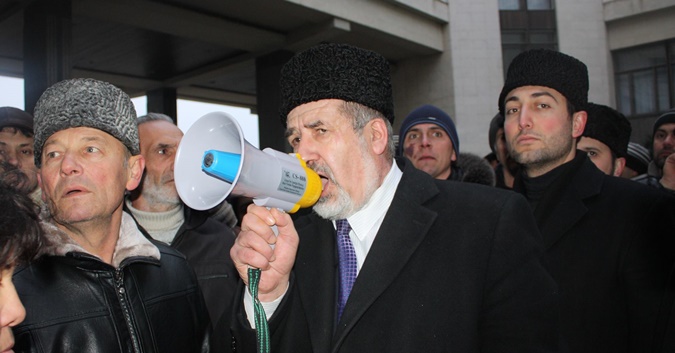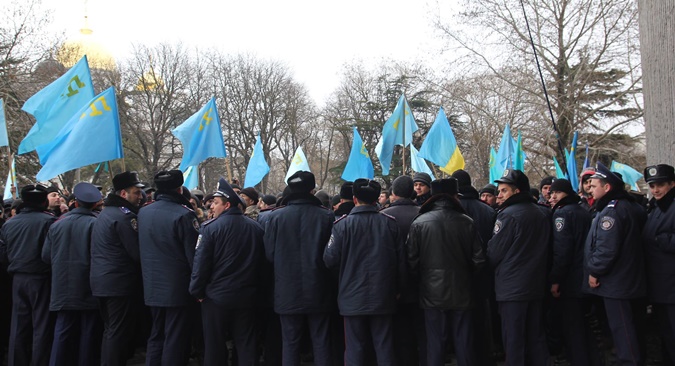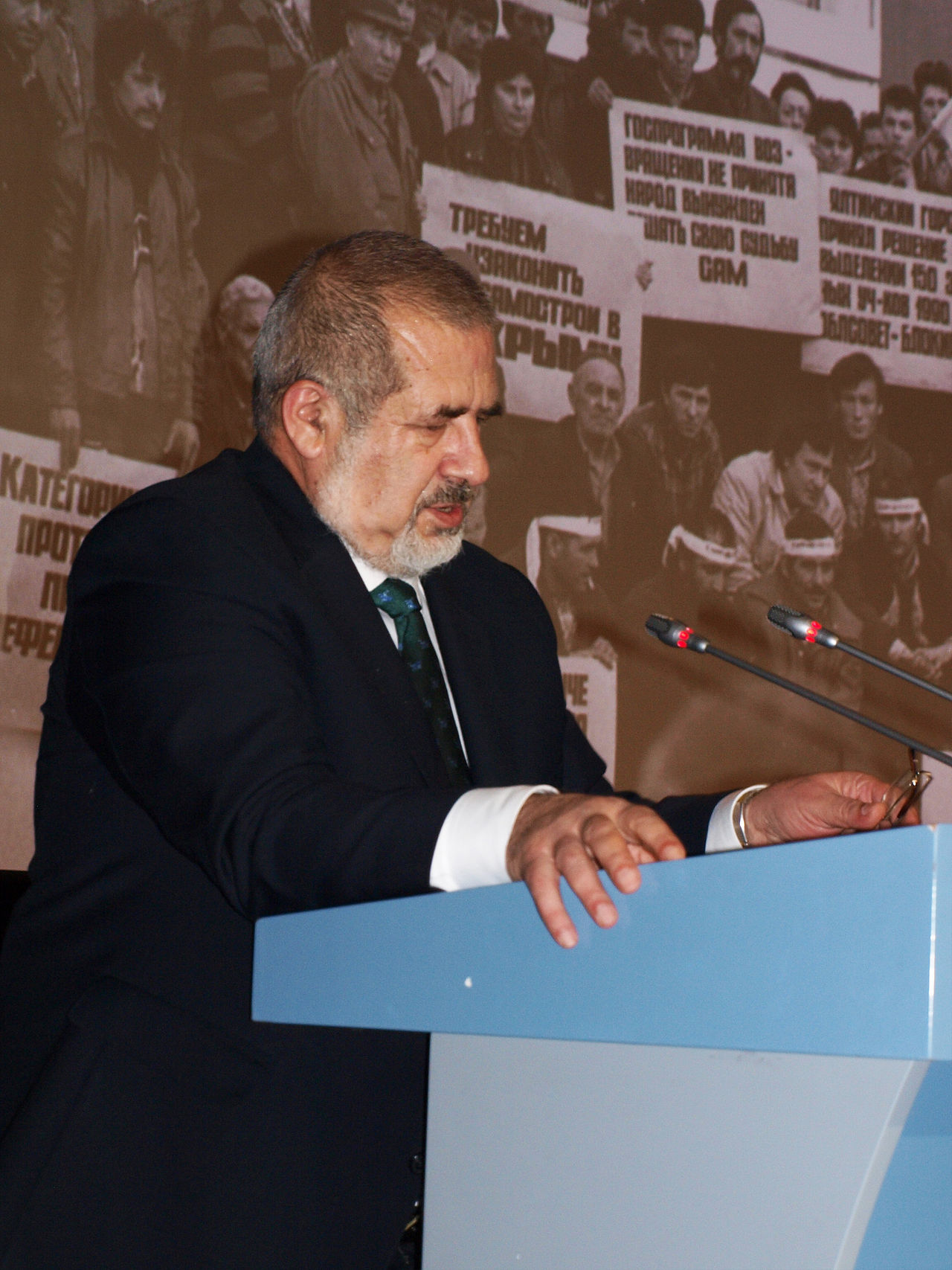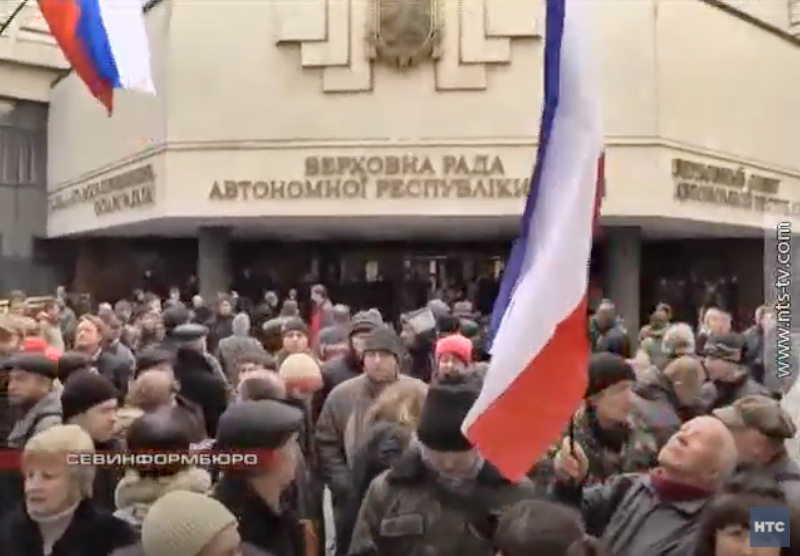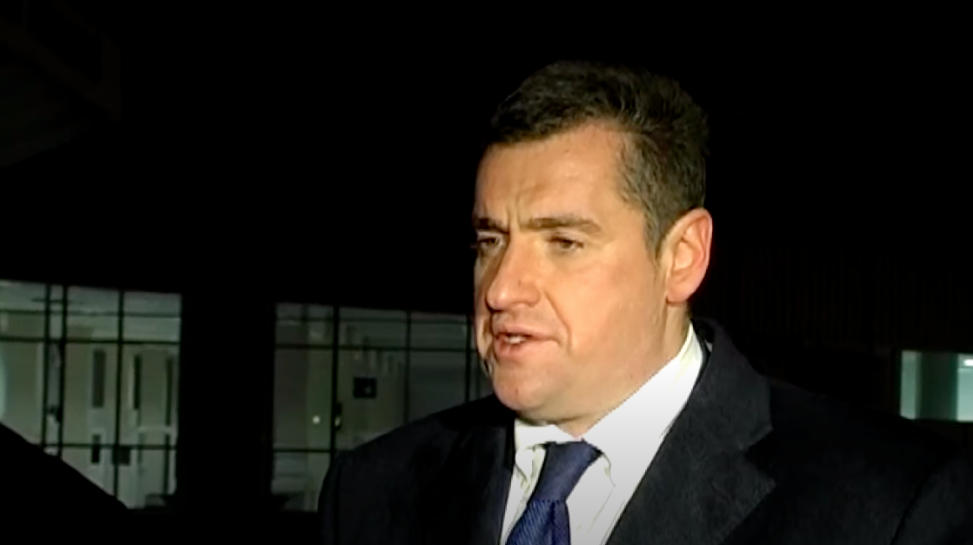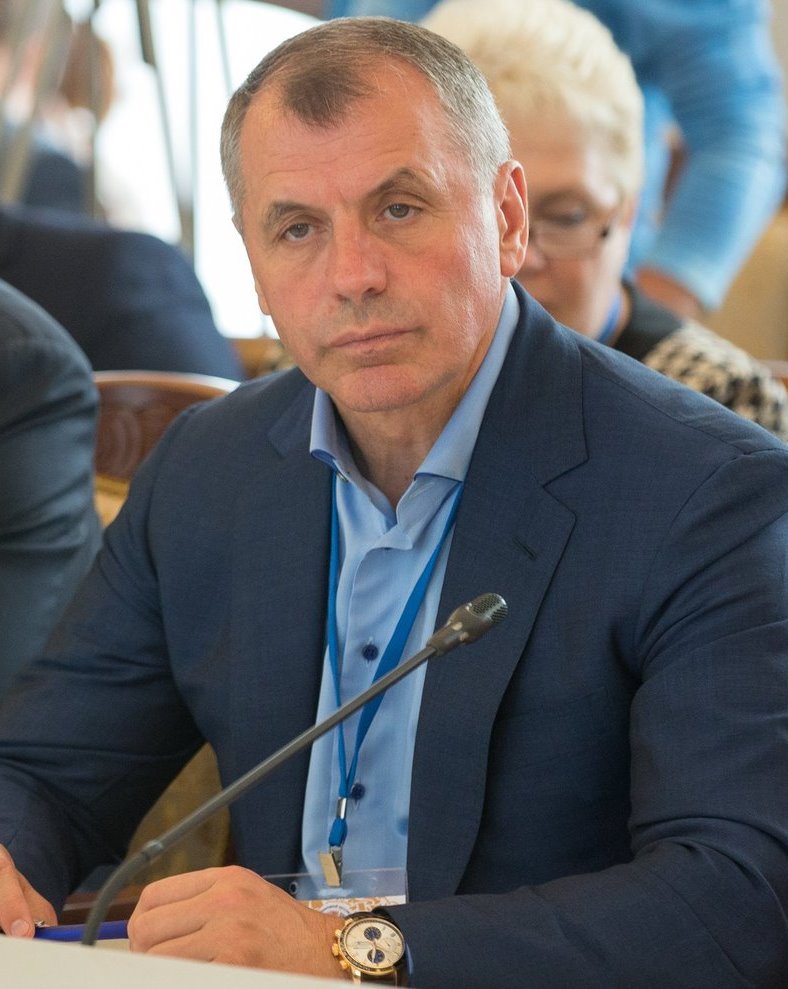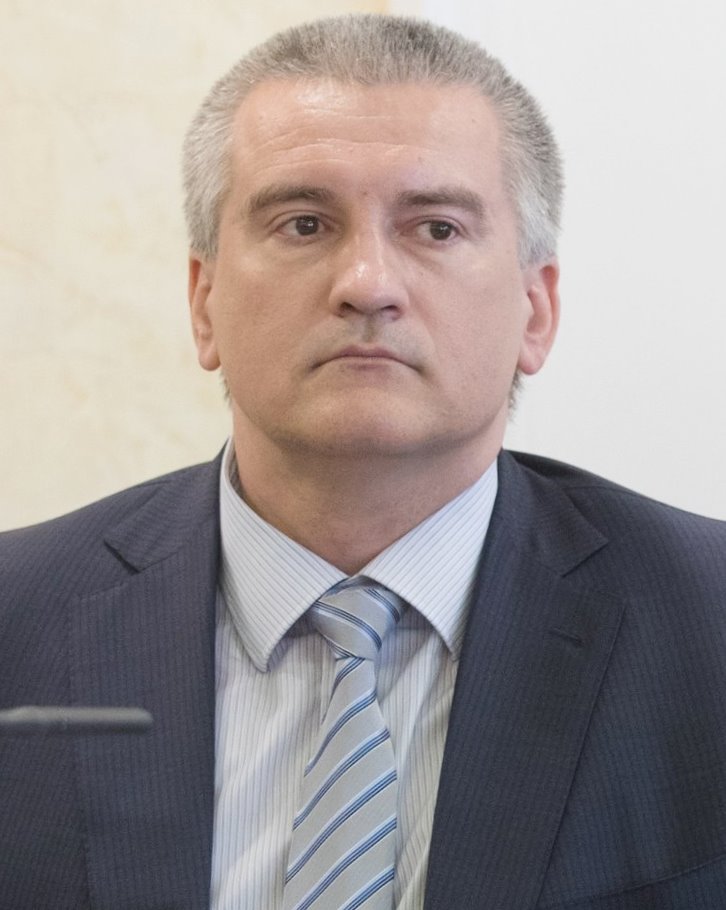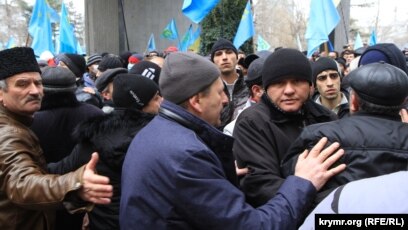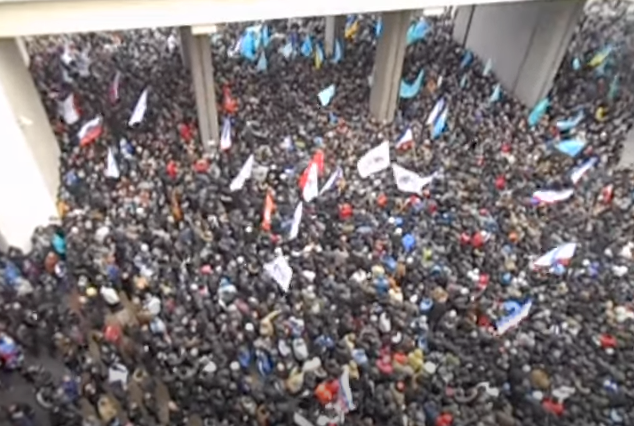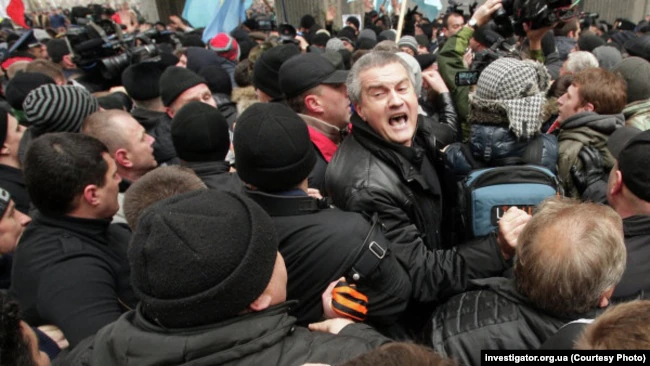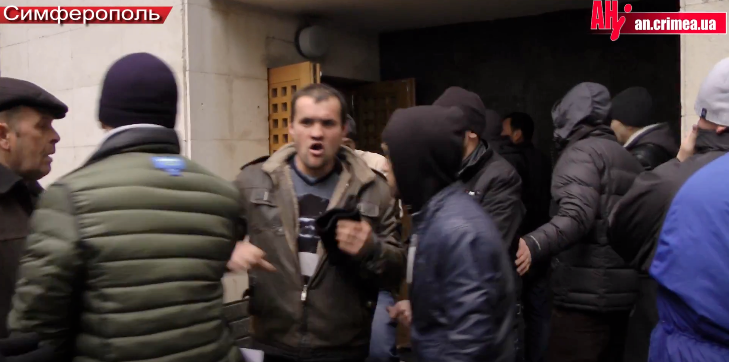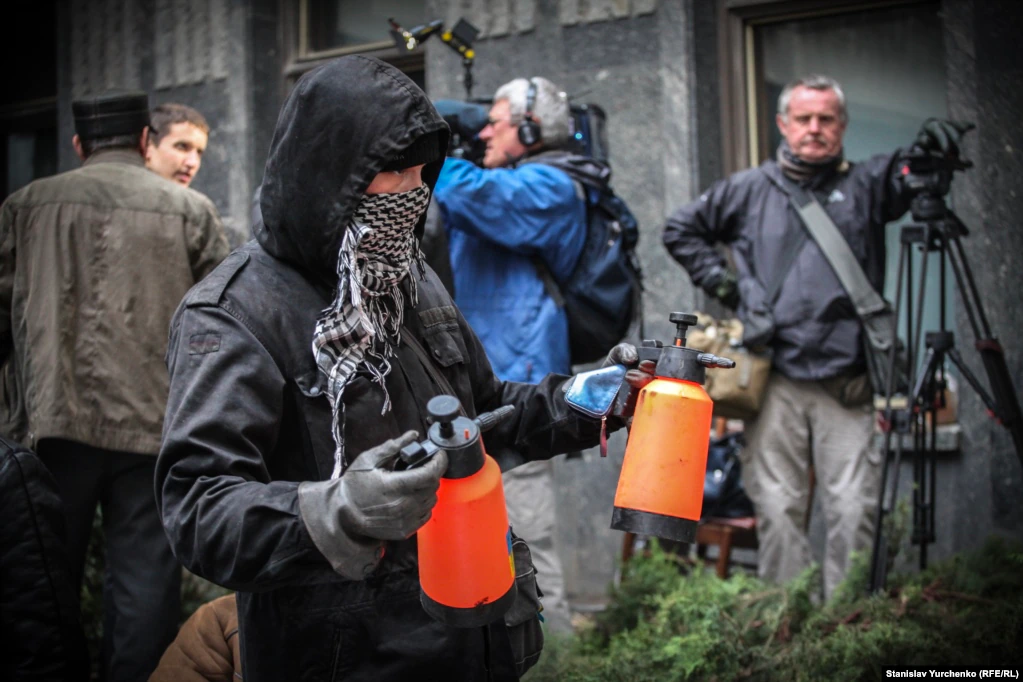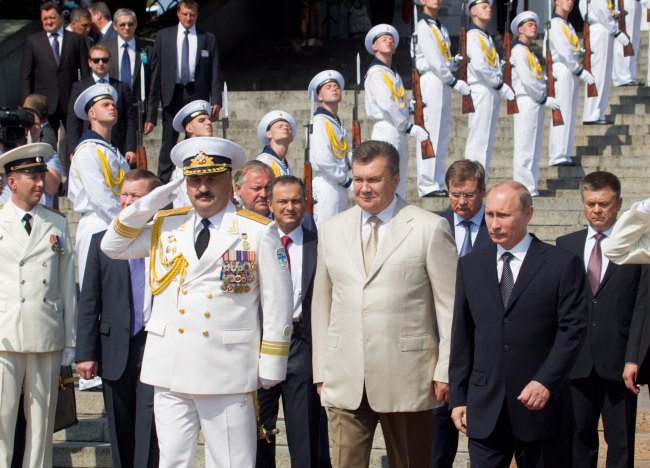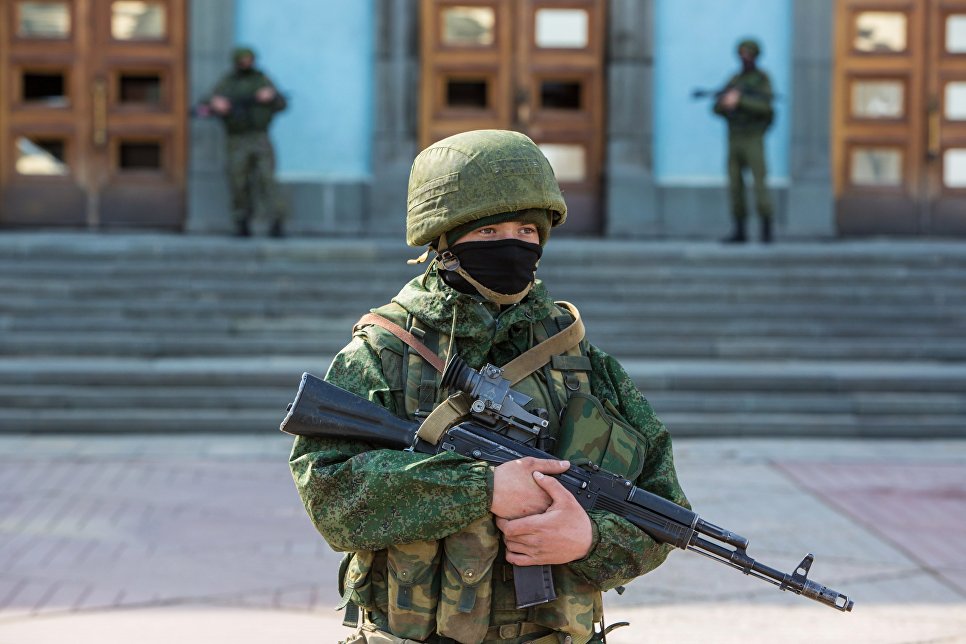Members of parliament would convene no more on that day, and the organizers of both sides would call out to people to leave the rally and to keep calm. By the evening, only pro-Russian activists and personnel of the Ministry of Internal Affairs would remain on the square in front of the parliament.
30 people would seek medical assistance. The duty medical officer would report two citizens of Ukraine dead, apparently from the injuries caused in the tussle on the square. Investigation into these circumstances, and more broadly into unlawful violent obstruction of rallies in support of the integrity of Ukraine, would begin promptly.
Former employees of the law enforcement bodies of the ARC who were supposed to ensure the protection of the public order at the parliament building and who failed to properly perform their duties would be investigated. On the same day, the General Prosecutor's Office of Ukraine would open proceedings on the counts of acts of separatism in Crimea.
At night, the Russian military would seize the buildings of the parliament and government of the ARC. Having established effective control on the territory of the peninsula, Russia would start illegitimate and politically motivated persecution of public activists. The case of February 26, would be one of the first and the most notorious persecutions of pro-Ukrainian participants of the rally. Some of them would receive unlawful prison sentences from 3 to 8 years.
Under the procedural management of the Prosecutor's Office of the Autonomous Republic of Crimea a pre-trial investigation is underway in a number of criminal proceedings on the facts of illegal persecution of the representatives of the Mejlis of the Crimean Tatar People and the illegal ban on its activity as constituting criminal offenses under Part 1 Article 438, Part 1 Article 119, Part 2 Article 121, Part 1 Article 122, Article 340, Parts 1, 2 Article 146, Part 2 Article 162 of the Criminal Code of Ukraine).
During the pre-trial investigation, 29 individuals were indicted for unlawfully persecuting and imprisoning citizens of Ukraine who participated in the rally, of committing offenses under Part 1 Article 438 (violation of the laws and customs of war) and Article 111 (high treason) of the Criminal Code of Ukraine.
The suspects, inter alia, betrayed their oath of allegiance to the people of Ukraine and defected to serve in the illegitimate law enforcement and judicial authorities set up by the occupying state.
At the same time, several suspects violated the norms of international humanitarian law; while implementing the policy of the occupying state aimed at persecuting the pro-Ukrainian population of the peninsula, they retrospectively applied the legislation of the Russian Federation and sentenced the protesters to imprisonment.
Despite all this, 02.26.2014 would be remembered for the edge of pro-Ukrainian public activists in Crimea and the beginning of peaceful resistance of the Crimeans to the Russian occupation. Two years later, this day would be officially included in the Ukrainian calendar of memorable dates. In 2020, the President of Ukraine would establish the Day of Resistance to the Occupation of the Autonomous Republic of Crimea and the city of Sevastopol, which will be marked annually on February 26.
 city of Simferopol, square by the building of the Verkhovna Rada of the Autonomous Republic of Crimea, 8 Karla Marksa street.
city of Simferopol, square by the building of the Verkhovna Rada of the Autonomous Republic of Crimea, 8 Karla Marksa street.
 2014-02-26
2014-02-26
